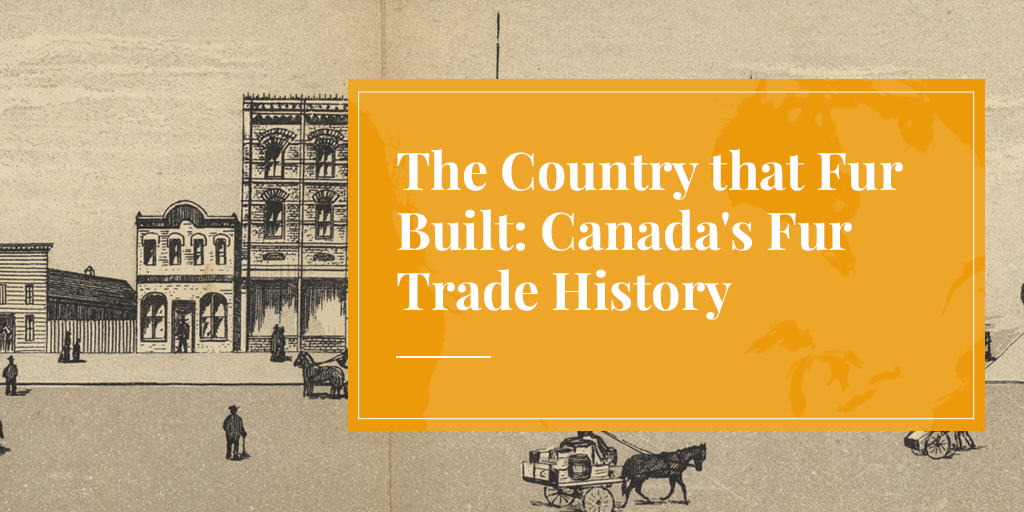
As Canadians prepare to celebrate the 150th anniversary of Confederation (July 1, 1867), and also the 375th anniversary of the founding of Montreal (May 17, 1642), this is a fine time to recall the unique role played by this country’s fur trade history.
In fact, fur trading had been practiced for hundreds – probably thousands – of years before Europeans arrived on these shores. Montagnais hunters from what is now northern Quebec, for example, were already trading fur pelts for corn, squash and other foods produced by Iroquoian farmers in the St-Lawrence valley when Jacques Cartier first visited the island of Montreal in 1535.
Fur trading with Europeans probably began when French fishermen crossed the Atlantic to exploit the extraordinary stocks of large codfish off the coast of Newfoundland and in the Gulf of St-Lawrence. When Cartier landed on the coast of northern New Brunswick, in 1534, he met Indians who clearly had experience with Europeans – they held up fur pelts on sticks, eager to trade.
It wasn’t until Samuel de Champlain built his habitation, in 1608 – to found what would become Quebec City, nucleus of New France – that the North American fur trade began in earnest. In the two hundred years that followed, furs provided the incentive to explore the vast interior of the continent … and for a long series of wars and skirmishes to control it.
In 1627, Cardinal Richelieu granted a monopoly on fur trading to The Company of 100 Associates. Monopolies were sought to justify the risks involved in purchasing and transporting trade goods from Europe, and (hopefully) returning with furs more than a year or two later. But monopolies could also thwart innovation, with serious repercussions.
Radisson & the Hudson’s Bay Company
One of the most dramatic examples is the story of Pierre-Esprit Radisson. At 15 years old, Radisson was captured by Mohawks and lived in their village on Lake Champlain long enough to learn their language and woodcraft – skills that served him well when he was able to escape and return to Trois-Rivières. In 1654, with his brother-in-law, Médard Chouart des Groseilliers, he explored far to the west, into the James Bay region, returning with a rich cargo of furs, and the bold idea that vast new fur supplies might be more easily secured by bringing ships directly into the interior of the continent through Hudson’s Bay.
New routes, however, threatened the politically well-connected merchants who controlled the French fur trade. Radisson and Des Groseilliers were briefly imprisoned and their furs confiscated. When their efforts to plead their case at Court, in Paris, failed, Radisson and Des Groseilliers eventually found their way to the English Court of Charles II. There, with support from the dynamic Prince Rupert, a cousin of the King, a group of influential investors was convened and The Company of Adventurers into Hudson’s Bay was born.
Under the Royal Charter granted on May 2, 1670, Prince Rupert and his partners became “true lords and proprietors” of all the lands drained by Hudson’s Bay, about 1.5 million square miles – one of the largest real estate deals in history. This immense territory, which came to be called “Rupert’s Land”, included about 40% of today’s Canada and significant parts of Minnesota and North Dakota. (While no longer directly involved in fur trading, the Hudson’s Bay Company is the oldest, continuously-operating, joint-stock company in the world. The 1670 Royal Charter is now on display at the corporate headquarters, in Toronto.)
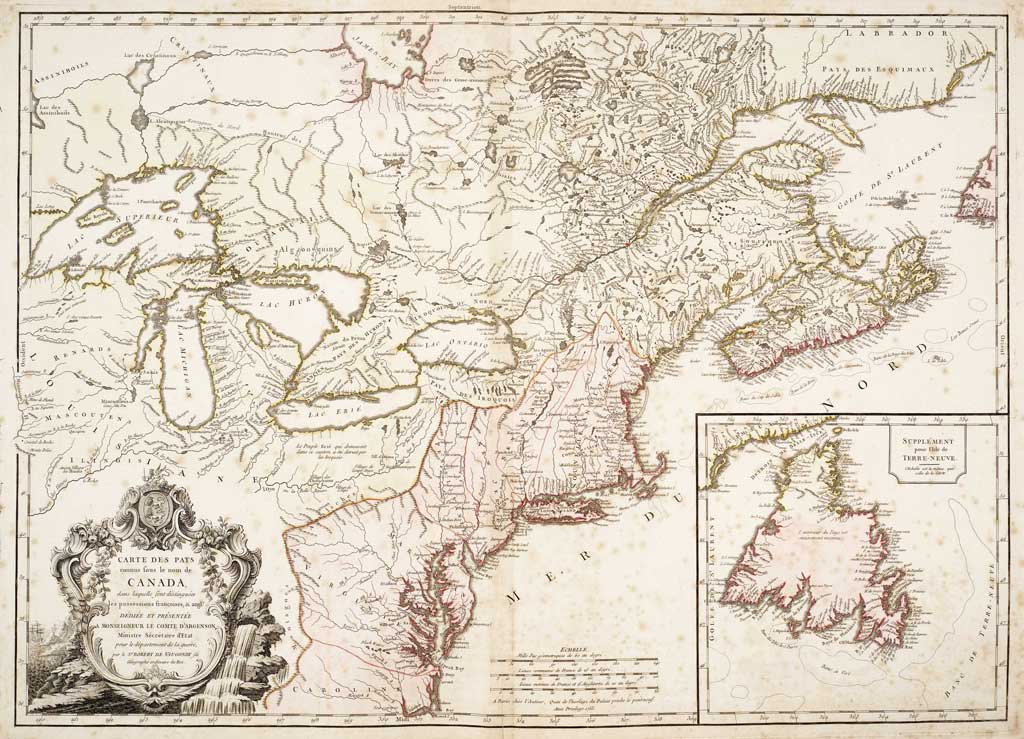
The next 90 years were marked by intense competition between French, English and American fur traders. LaSalle and other French adventurers had established a string of trading posts and forts down the Mississippi to the Gulf of Mexico, controlling “Louisiana” (named in honour of Louis XIV) and hemming in the fast-growing New England colonies. By 1739, furs represented 70% of the exports from New France. But danger threatened, as the American colonies challenged French control of the Mississippi and points west, while the Hudson’s Bay Company intercepted fur supplies that had passed through Indian trade networks to Montreal and Quebec.
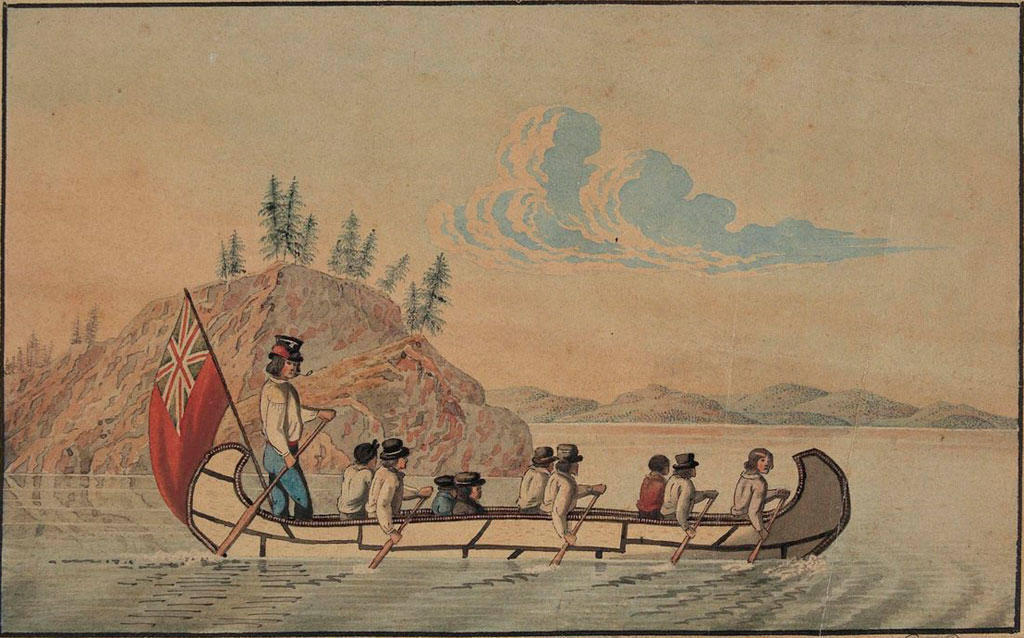
The North West & American Fur Companies
The conflict came to a head with the British conquest of New France, in 1760, but this did not diminish the ferocious competitiveness of the lucrative fur trade. English, French and, especially, Scottish entrepreneurs set up the North West Company (1779), in Montreal, and pushed deeper into the continent through the St-Lawrence River and the Great Lakes, challenging the (London-based) Hudson Bay Company’s monopoly. Competition also intensified south of the St-Lawrence, with the founding of John Jacob Astor’s American Fur Company (1808). In search of new fur supplies, Astor pushed westward; his Columbia River trading post at Fort Astoria (1811) was the first United States community on the Pacific coast.
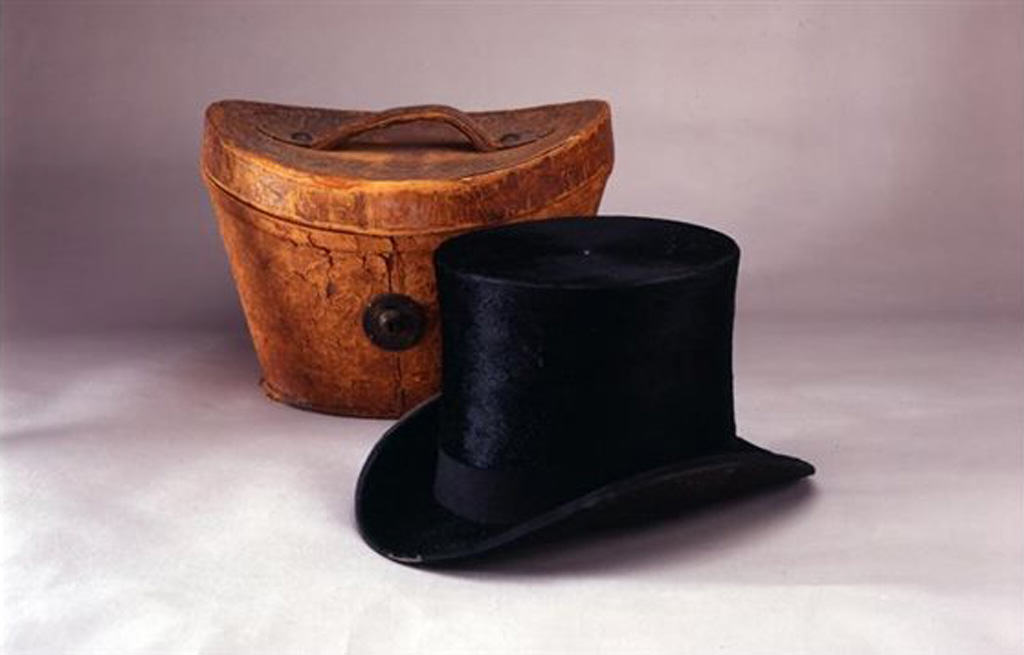
The current western border between the USA and Canada reflects, to a great extent, the fur territories once controlled by the American Fur Company and the Hudson’s Bay Company. (The HBC was merged with the NWC in 1821.) In fact, it is not at all sure that the young Dominion of Canada – formed in 1867 with the confederation of the provinces of “Canada” (Ontario and Quebec), Nova Scotia and New Brunswick – would ever have expanded to include British Columbia and the Pacific Coast, had not the Hudson’s Bay Company pleaded the importance of maintaining the lucrative Vancouver Island fur trade under Canadian control.
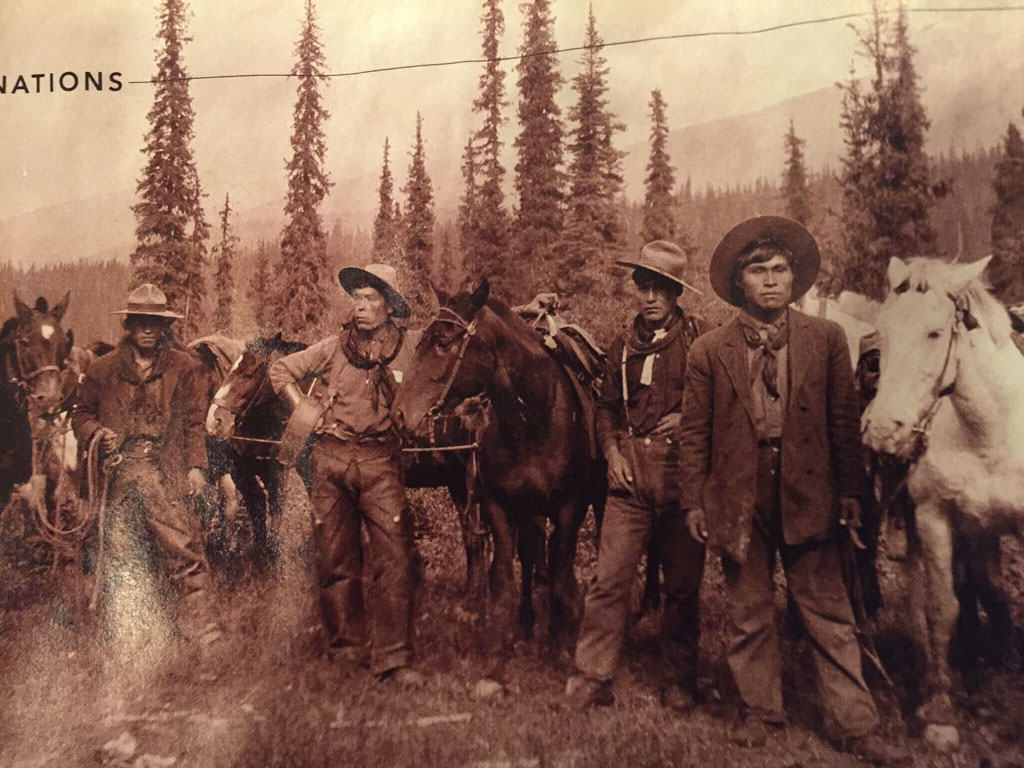
Many North American towns and cities began as fur-trading posts, but probably none was more influenced by the fur trade than Montreal. Montreal became the continent’s most important fur-trading entrepôt because Champlain recognized its strategic position at the intersection of the St-Lawrence and Hudson (via Lake Champlain) river systems, and because the rapids at the west end of the island (Lachine) prevented European ships from venturing further upstream. The Fur Trade Museum, in Lachine, housed in a stone fur warehouse built in 1803 by North West Company stockholder Alexander Gordon, is an excellent place to learn about Montreal’s fur-trade history.
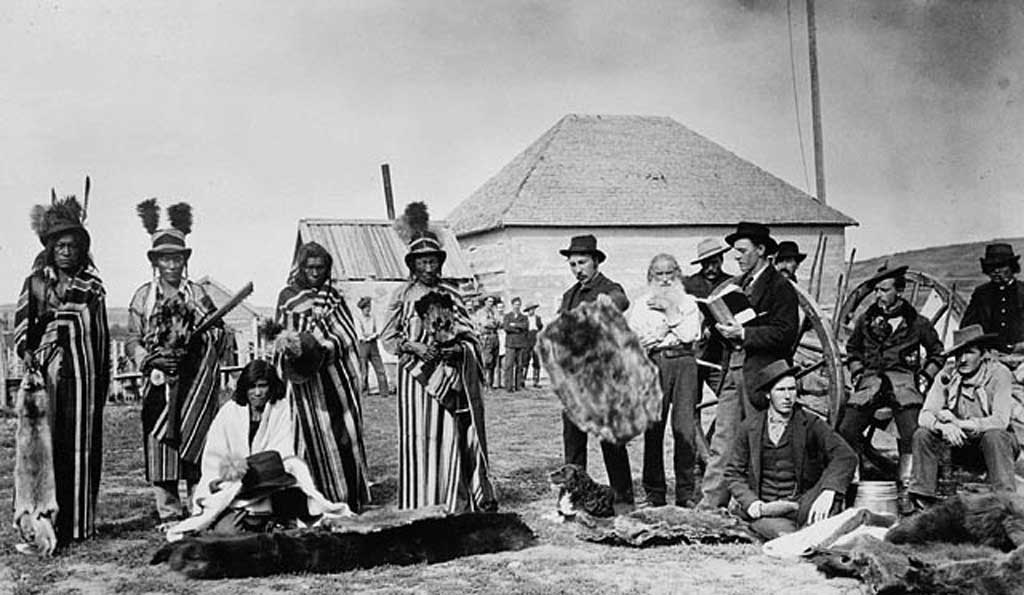
“Beaver Club” Dinners in Montreal
Traces of fur trade history are everywhere in Montreal. One of the city’s oldest remaining buildings housed the convent of the Grey Nuns, who supported their missionary work with fur trading. Beaver Hall Hill, in the downtown core, was the site of “Beaver Hall”, the home of Joseph Frobisher, one of the North West Company’s leading partners, and the host of many of the company’s raucous “Beaver Club” dinners. Perhaps most significantly, the internationally respected McGill University was founded with a £10,000 grant from James McGill, a leading fur trader and founding partner of the North West Company. The university’s main Sherbrooke Street campus stands on the site of McGill’s “Burnside Farm”, which he bequeathed for this purpose.
Montreal’s fur trade remained important into the modern era: the Hudson’s Bay Company’s warehouse and auction sales were located on Dorchester Street (now called “Rene Levesque”), until they were relocated to Toronto after the election of the (separatist) Parti Quebecois government in the late 1970s. And Montreal became one of North America’s most important fur-manufacturing centres (like New York and Toronto), with the arrival in the first decades of the 20th century of hundreds of skilled (mostly Jewish) fur craftspeople – including my own grandfather, who arrived here in 1913.
After the Second World War, the North American fur-manufacturing sector was further strengthened by immigration from Kastoria and other villages of northern Greece where fur-working had been a way of life for centuries. Montreal was also the gathering place for thousands of North American and international fur designers, manufacturers and retailers who attended the association-run Montreal NAFFEM for thirty years, until 2013.
Canada’s fur trade history reflects the country’s cultural mosaic at its best: First Nations, French, English, Scots, Jews, Greeks and many others have worked together for hundreds of years to build this remarkable industry – a dynamic tradition of competition and cooperation that is well worth remembering as we celebrate these important anniversaries in the history of Montreal and Canada.











I worked for the Canadian Fur Company on Mayer Street in Montreal in 1970. I am trying to find information on a fur matcher by the last name of Krupp. I am not finding any history on this company although they were a large supplier of furs to the retail stores. Any information would be much appreciated.
My ancestor had Hudson Bay Company shares after the Amalgamation of 1821.
My grandfather operated a HBC post in The Pas, Manitoba.
An active Crown Patent entitles us to Crown Land for my ancestors who were WILLED to the McGillivray twins in Upper Canada which I claim for the descendants.
I have a coat from the St. Louis Fouke Dye Co. from the fur trade. Alaskian Fur Seal. Made for the Canadian Government with silk embroidered lining and clips as claps cut edges on lining. Pelt has green dots inked in clusters along with black ink handwriting printed name, J STERN written. Pelt has black tirangle stamps with St. Louis Fouke Dye Co. I’ve been trying to find out information about this coat for years but no luck. PLEASE ADVISE